Spatial
Karl Poland 3 architechur bro*: An Academic Architecture on Auckland's Queens Wharf
-
School
University of Auckland
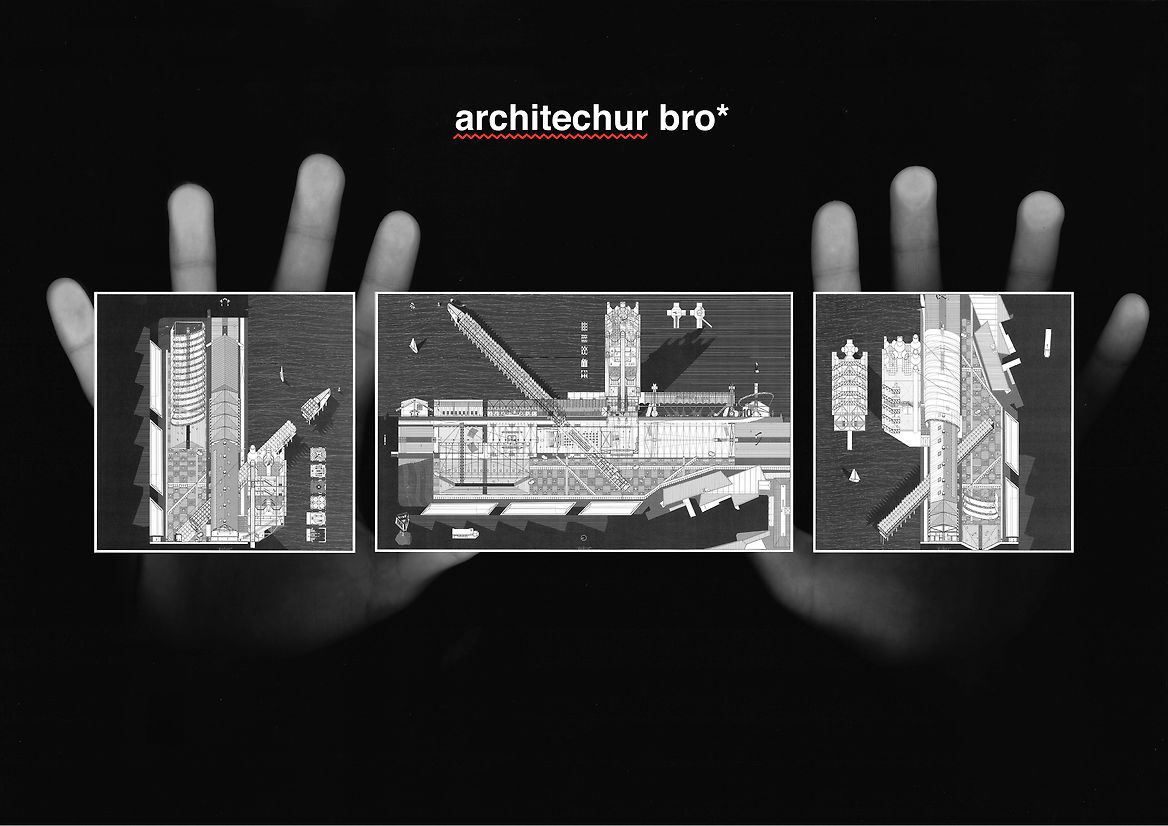
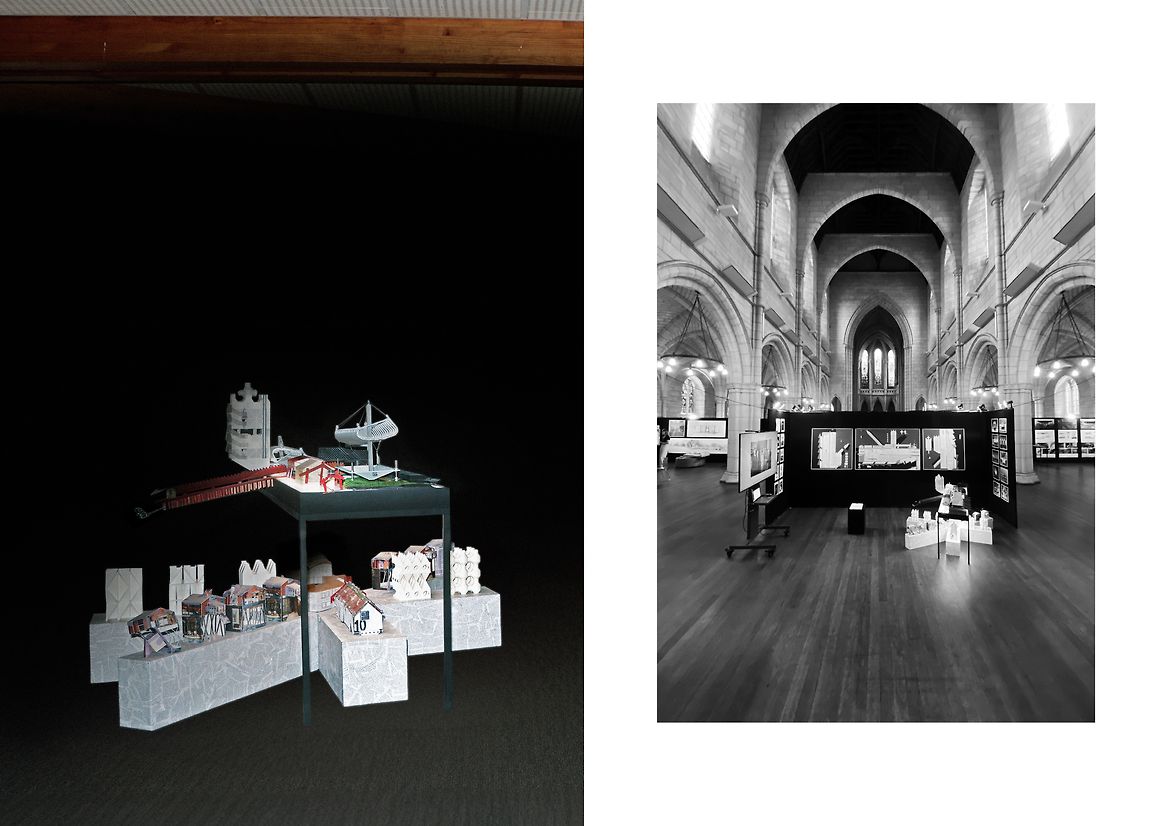
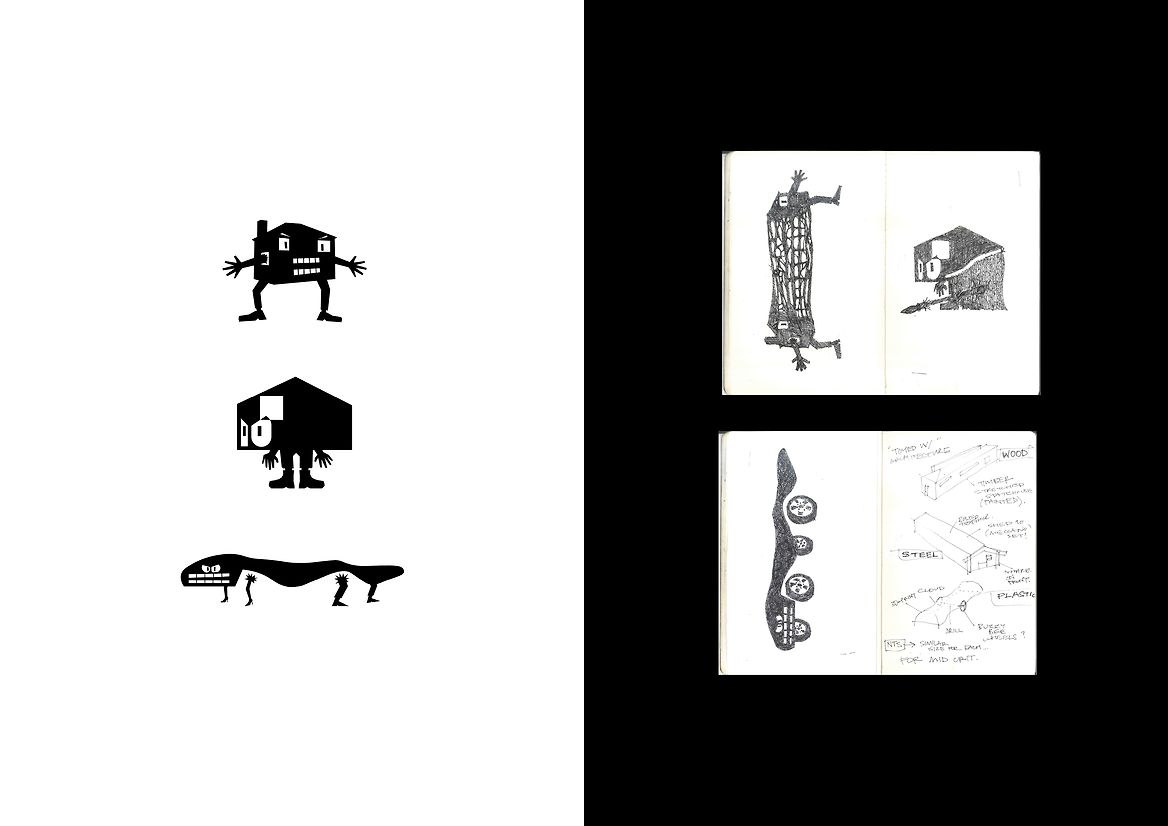
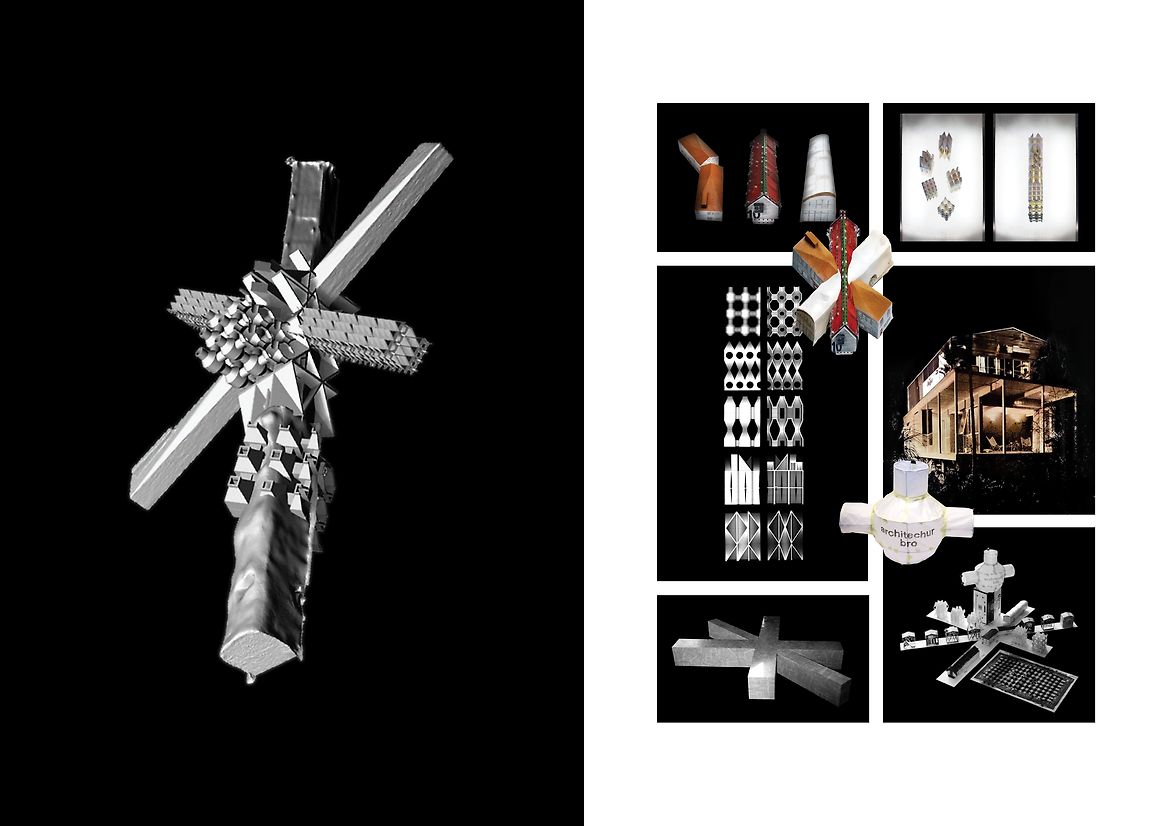
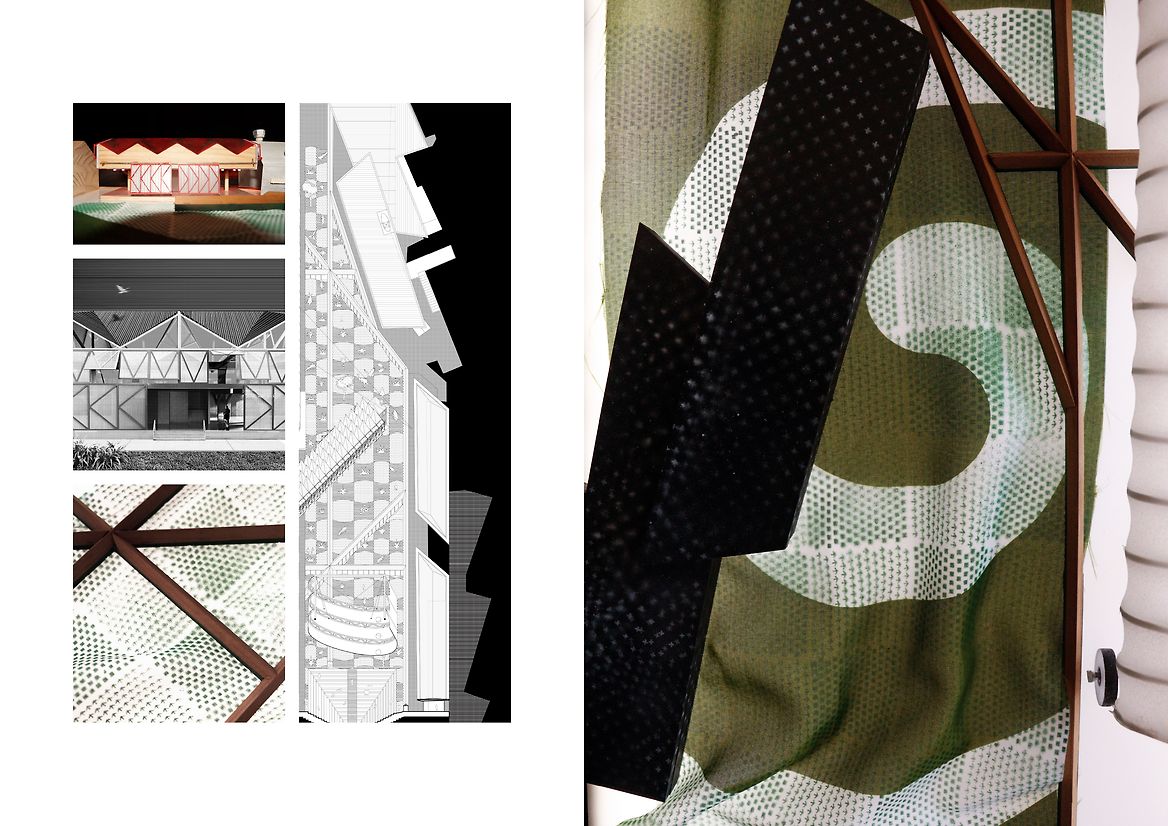
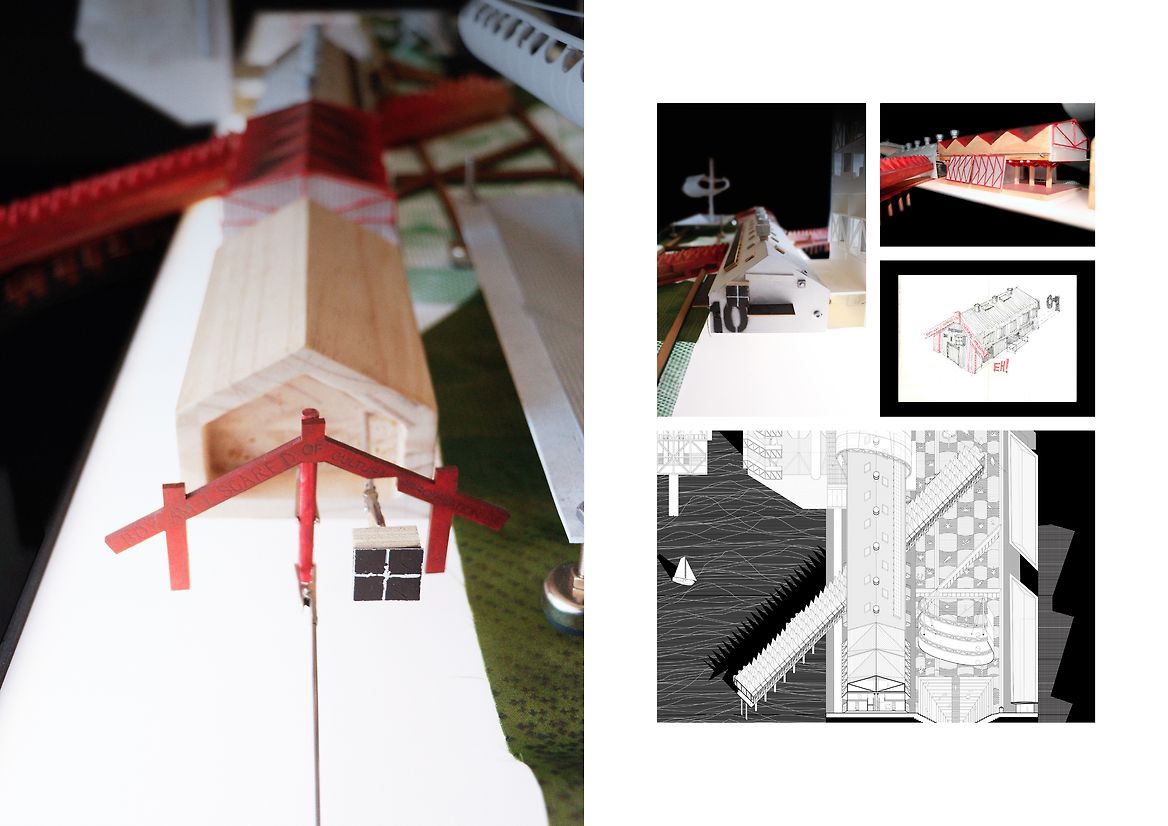
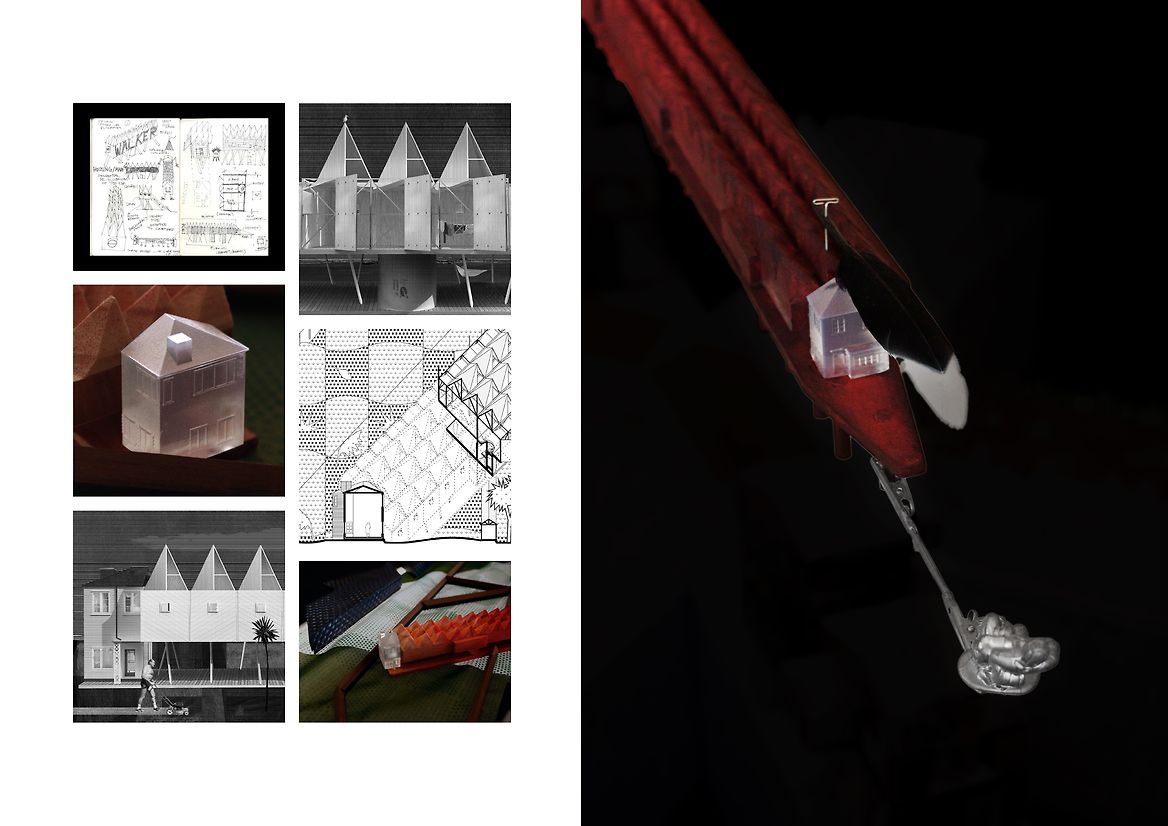
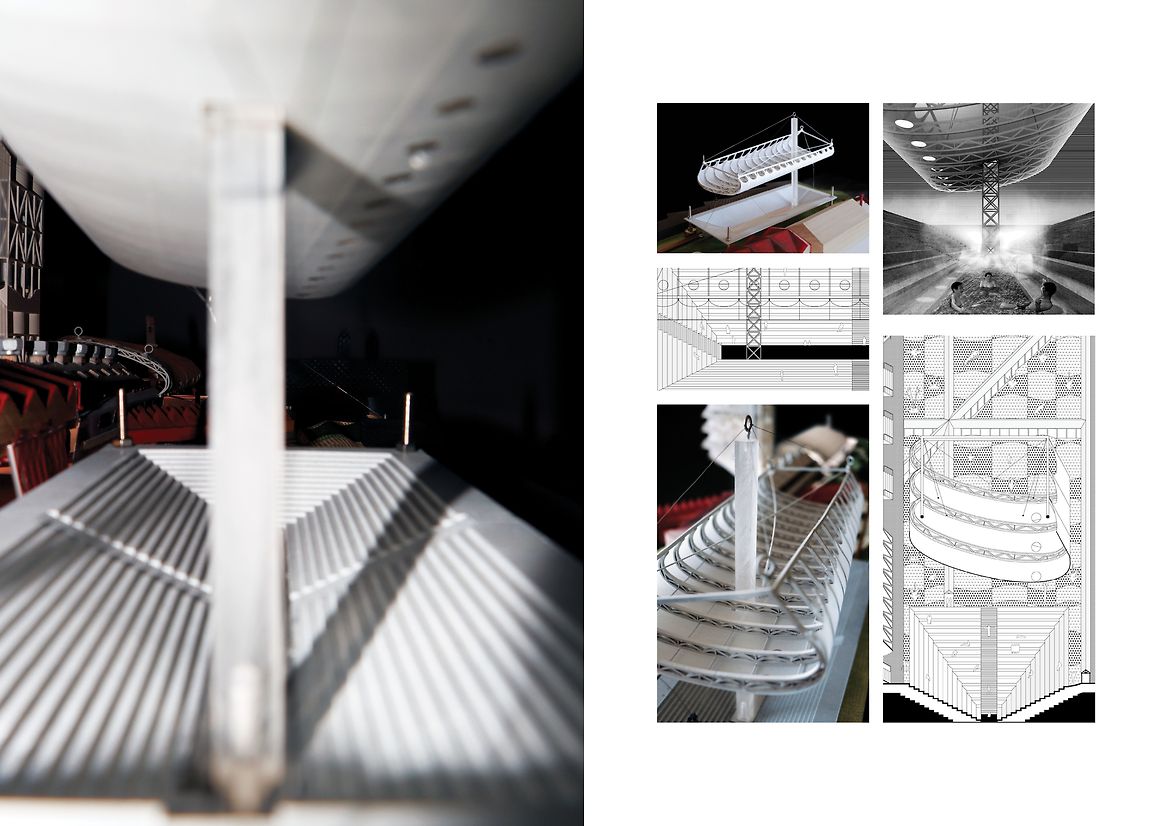
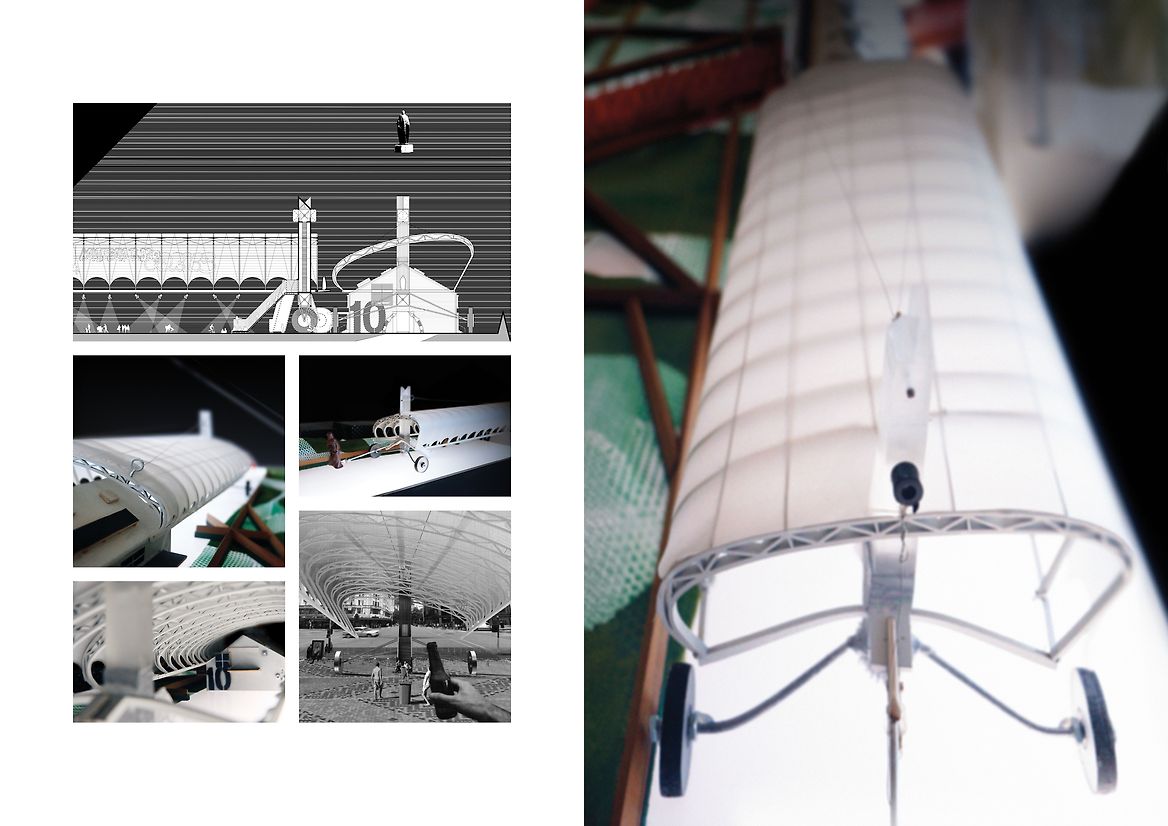
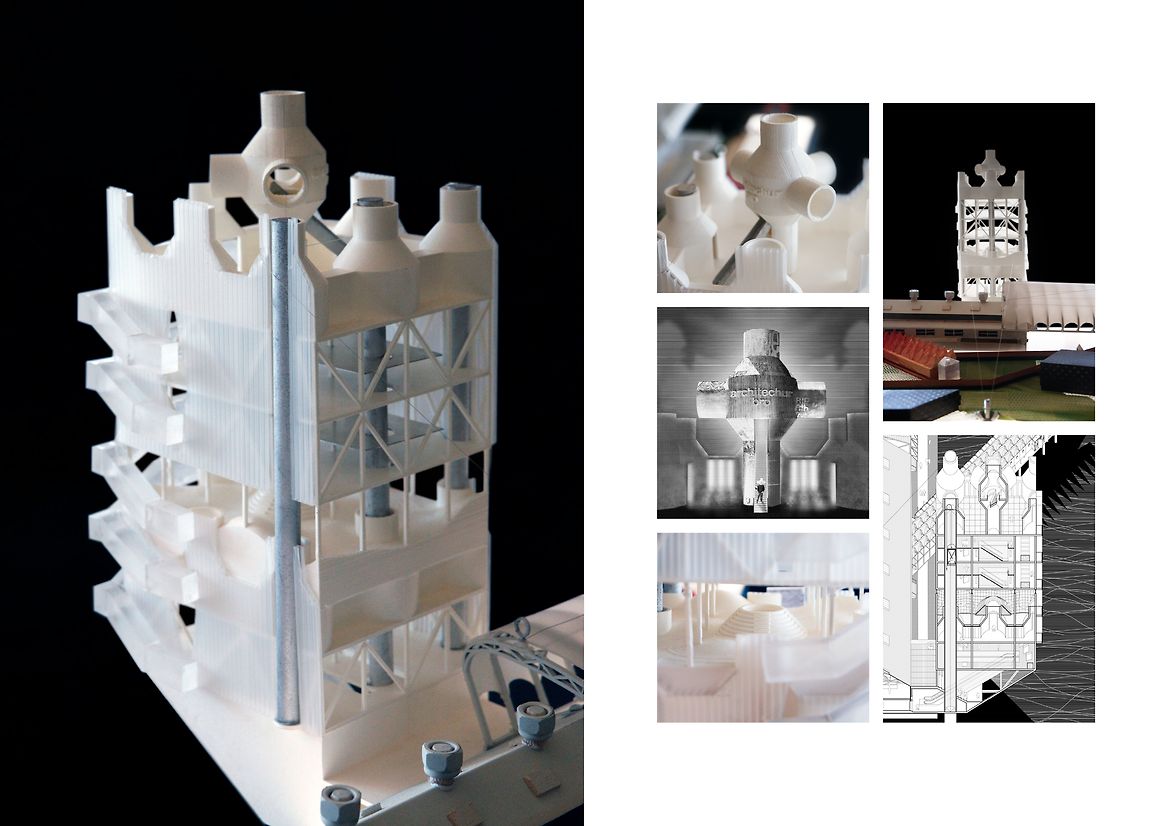
Description:
Set in a fantastical place falling off the edge of the globe, this thesis relishes in the mysterious, mythical and magnificent portrayal of a group of islands in the South Pacific, Aotearoa, ‘Land of the Long White Cloud’, New Zealand.
Architechur Bro explores the architect as not merely a designer of buildings but of worlds, of dreams or, as key theorist Mark Wigley puts it, an "activist synthesiser of various forms of knowledge and an elegant commentator of the world". The author navigates what it means to make architecture in Aotearoa New Zealand by subverting its architectural history, producing an intertextual product of the South Pacific.
Exploiting reality and fiction, Architechur Bro subverts both the literal and metaphorical "ground" from the get-go. Yet, the theoretical "ground" is held up by Wigley. Wigley’s somewhat infamous, pre-‘Deconstructivist Architecture’ (1988) article, ‘Paradise Lost and Found’ (1986) diagnoses the country as "a dreamworld uncorrupted by architecture", eliciting "not a certain architecture" but a "certain resistance to architecture". To understand "New Zealand architecture", Wigley goes back to the beginning, back to the "Garden of Eden". In part, the thesis plays the role of the subversive snake.
Architechur Bro culminated in a speculative project landing on a contested site, Tāmaki Makaurau Auckland's Queens Wharf. A found condition, a thesis testing ground and a failed site haunted by the nickname 'The People's Wharf'. A 100-year-old concrete wharf, victim of a fruitless design competition. An abysmal competition without a single person of Māori descent on the judging panel, virtually no brief, and no money at the end.
Queens Wharf now exists primarily as a taxi pick-up drop-off concrete wasteland. Home to artist Michael Parekōwhai’s The Lighthouse, a faux state house with a shiny chrome larger-than-life Captain Cook figurine housed inside, the industrial Shed 10 and Jasmax’s past-its-used-by "cloud" structure leftover from the 2011 Rugby World Cup. The wharf acts as a plasticky provocateur — exaggerated to an appendage clipped onto reclaimed land. Later drawn as a single line and modelled with a translucent lightbox table, it may vanish into thin air. But like a table, this project relies on it, as without the wharf, this site-specific scheme would topple over and drown.
The culmination of work presents an architecture on wobbly or wiggly (Mark Wigley) foundations. The Garden is a woven tapestry of bush, pasture and beach. The Elongated Shed indigenizes Shed 10, and cultural anxieties are dealt to with artistic licence, hybridising and hijacking artist Peter Robinson and Colin McCahon’s works, to read: "Boy Am I Scared of Cultural Appropriation Eh!”. Walker Way, a housing scheme, portioned Parekōwhai’s Lighthouse in two. Misty ‘n' Foggy flipped the Cloud on its head; inverting it to shade on a crane-like structure, and ‘jacking it up’ on wheels to actually perform like a cloud. Lastly, a library was tensioned to the wharf. Athenaeum, a translucent ivory tower, hangs off the edge, haunting it like a ghost. Literary-based research is materialised through intertextual storytelling and rigorous sincerity.
Judge's comments:
A provocative culmination of architectural responses or rather questions based around a highly contentious public site, that explore the power that architecture has in communicating various themes and forms of knowledge.